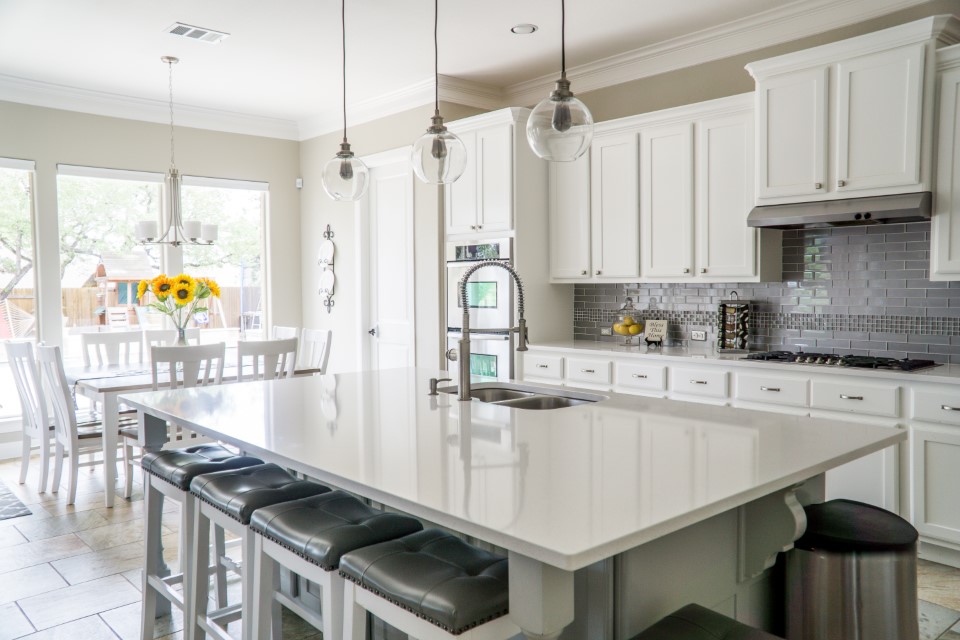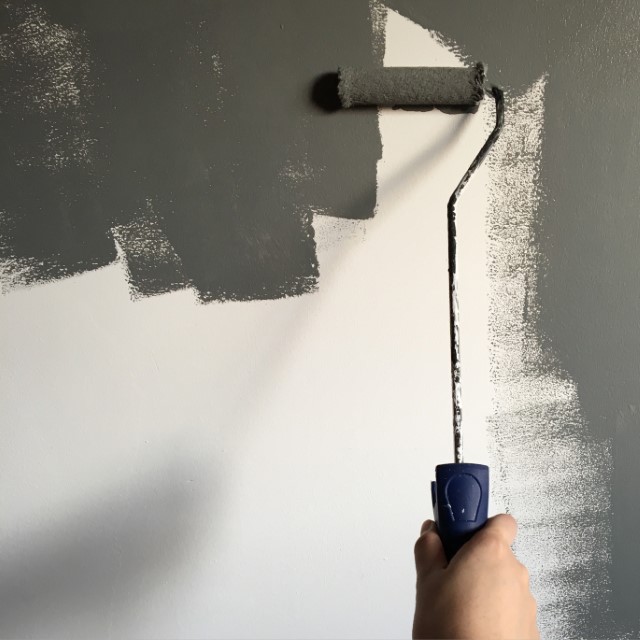If you’re planning a home renovation project, there are a few things you should know. You’ll want to plan your budget and your timeline, but renovation projects are often unpredictable, which means unexpected changes to your plans. In addition, it’s important to communicate your must-haves and your willingness to compromise with your home renovation contractor. This article will provide some tips to help you stay on budget and keep your family together as you work through your project.
Budgeting for home renovation
If you’re planning on renovating your home, you may be wondering how to budget the costs. It is essential to set aside funds to do so, but you should also allocate ten to twenty percent of the total budget for unexpected expenses. You may not have planned on the costs of renovations, but there are many ways to get things done within your budget. Read on to learn some budgeting home renovation tips. After all, a nice house is not cheap, and a poor home is not worth renovating.

When you’re budgeting, remember that you’ll need to take into account the costs of new furnishings and window coverings. These elements can add up to a significant portion of the overall renovation budget. For example, window coverings can cost anywhere from $10,000 to $100,000, depending on taste and quality. Often, light fixtures and bathroom accessories are not included in the budget, but your builder will likely ask you about the items when they’re starting the project.
Keeping family together
The best way to keep the family together during a home renovation is to keep the house clean and tidy and have a designated escape room. Keep the room clear of clutter and be sure to take ten deep breaths when you are feeling stressed. This can be especially difficult for those with children as they may not understand what is going on and can get in the way. If you have children, you may also want to get a child-proof escape room.
Avoiding mid-project scope changes
Despite its name, scope creep is a common problem in the construction industry. This problem occurs when an initial project’s terms are expanded beyond the original scope. As the project progresses, unexpected changes are made, adding extra costs and lengthening the timeline. By understanding the nuances of scope creep, you can avoid it. Here are some tips. To avoid scope creep, establish clear boundaries, manage expectations, and create a well-defined path to the end result.
Before starting your project, set a reasonable budget for the project. The scope of the project should include only the work that the client requires. Without a proper budget, you might end up spending more than you expected. Additionally, scope changes are costly because the completed work may not meet the original requirements. If you’ve set a scope early in the process, you can avoid costly mid-project scope changes. Moreover, resource plans and schedules should focus on the deliverables, and not on the work that goes outside of those defined.
Planning ahead for home renovation
When you’re planning a home renovation, it’s vital to plan ahead to avoid unexpected delays and stressful last-minute decisions. You can work with a professional designer to create a space that will look great and function well. Plus, home addition designs are flexible and can be altered as your needs change. Read on for helpful tips on planning ahead. You’ll have more time to spend enjoying your home after renovation is complete.
Start by establishing your budget. It’s always helpful to have a supplemental budget for the unexpected costs that may arise during the renovation. Even if you’re not able to afford the entire renovation, it’s possible to make some simple upgrades to your home that make it look newer and more expensive than it actually is. In addition to budgeting, you should also have a contingency fund that will help cover the costs of eating out or staying in a hotel during the renovation.
Visit their website www.kenorah.com or contact them at 604-371-1455 for more information and inquiries about home and exterior renovations.
Read More: Panelized Vs Modular Prefabricated Homes: Costs and Benefits
